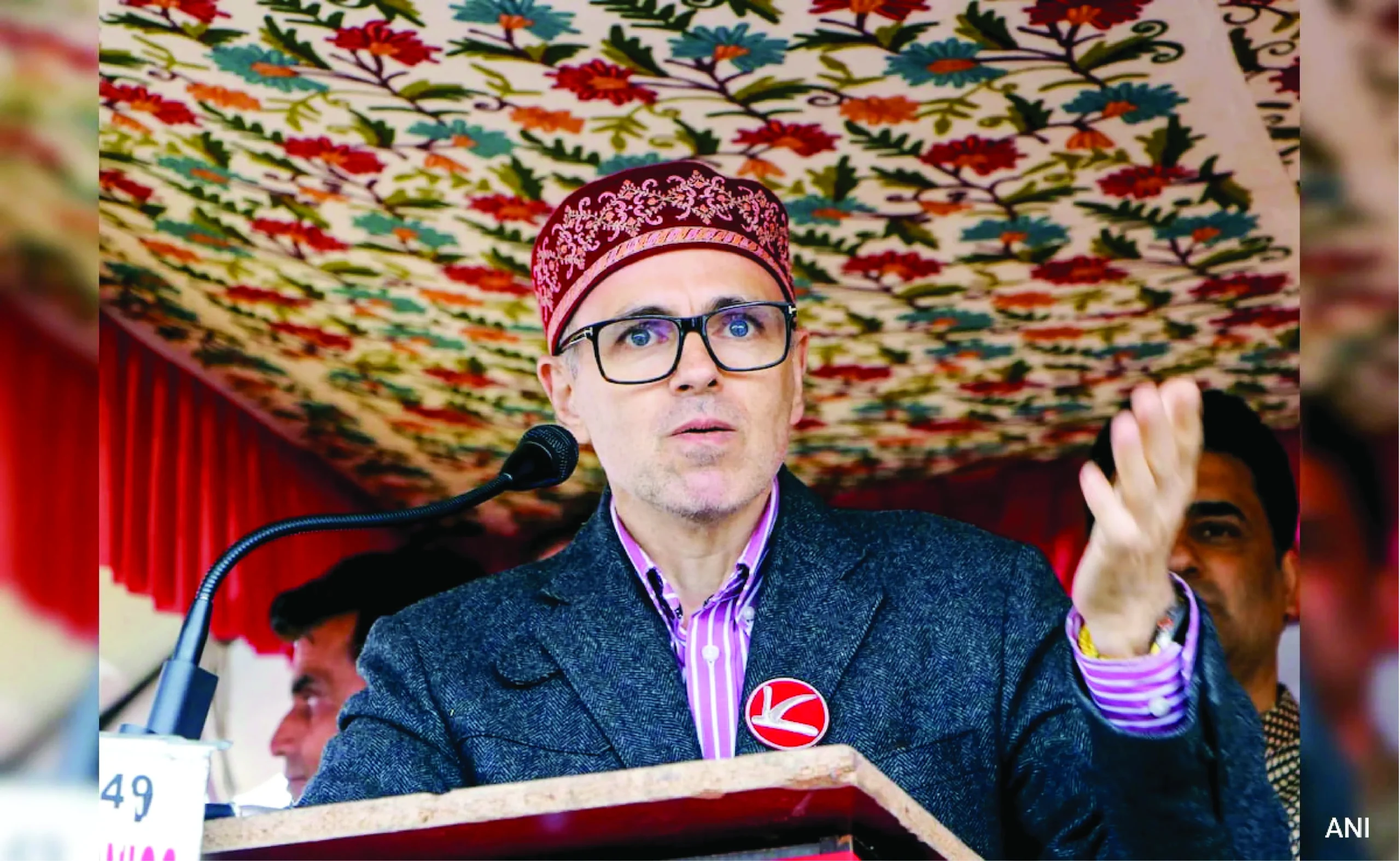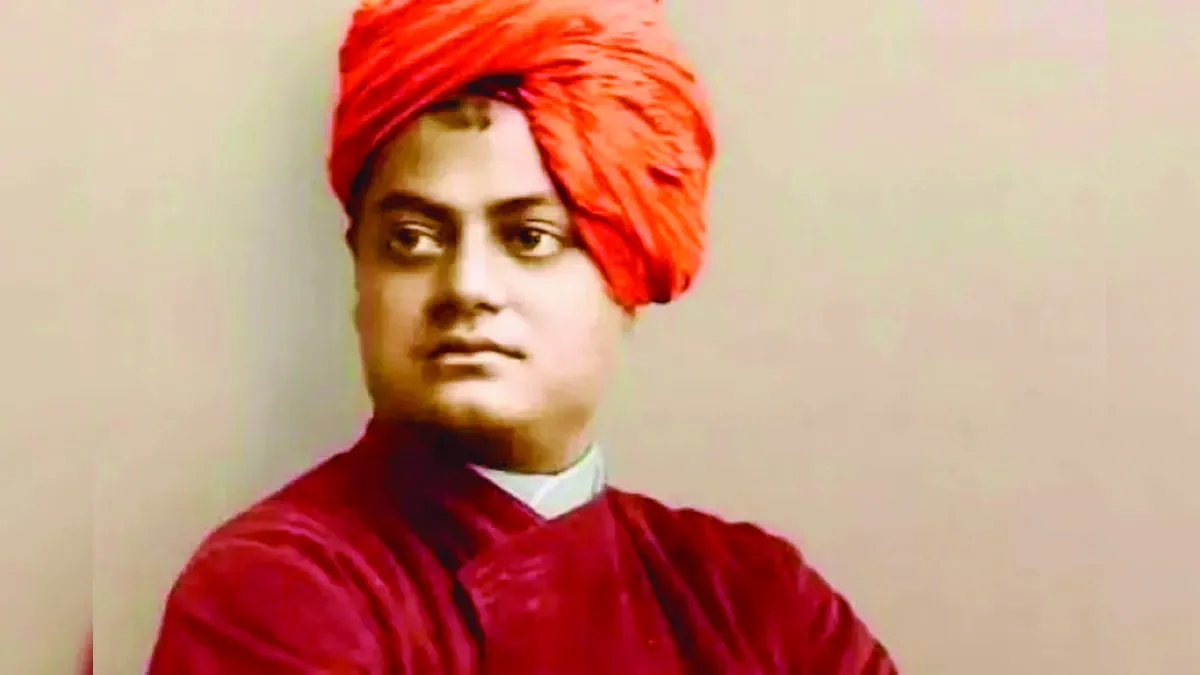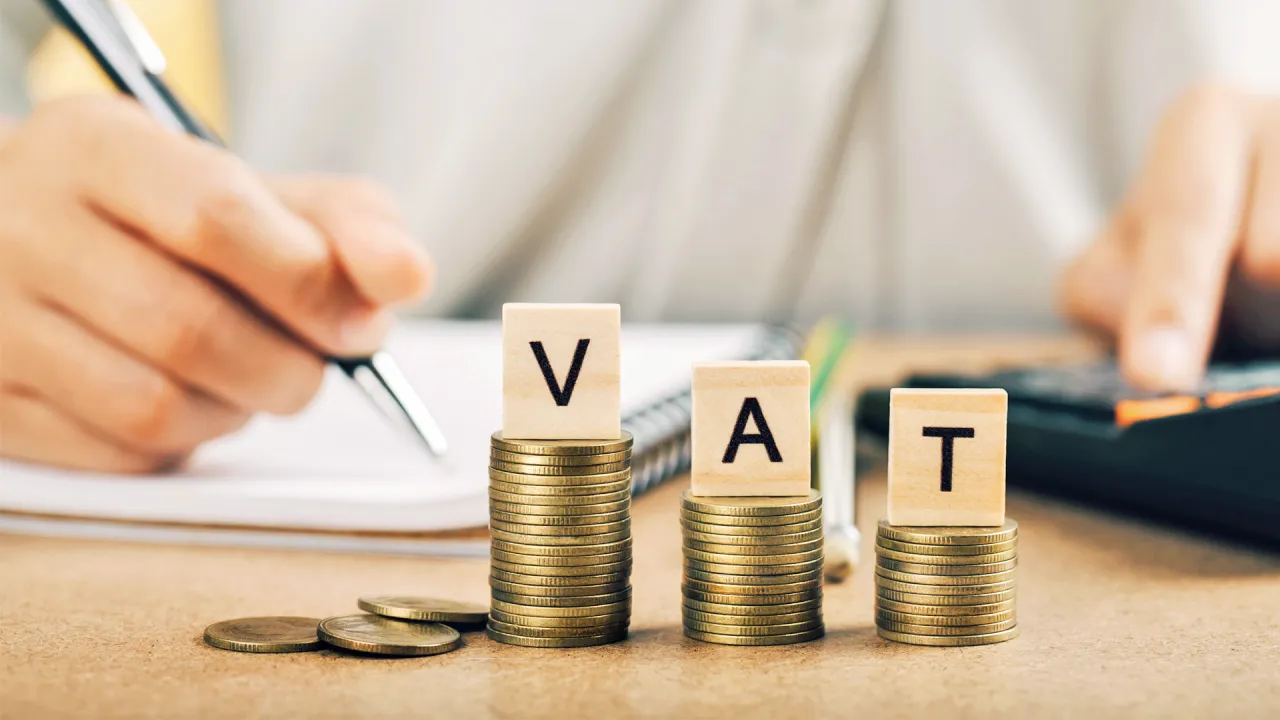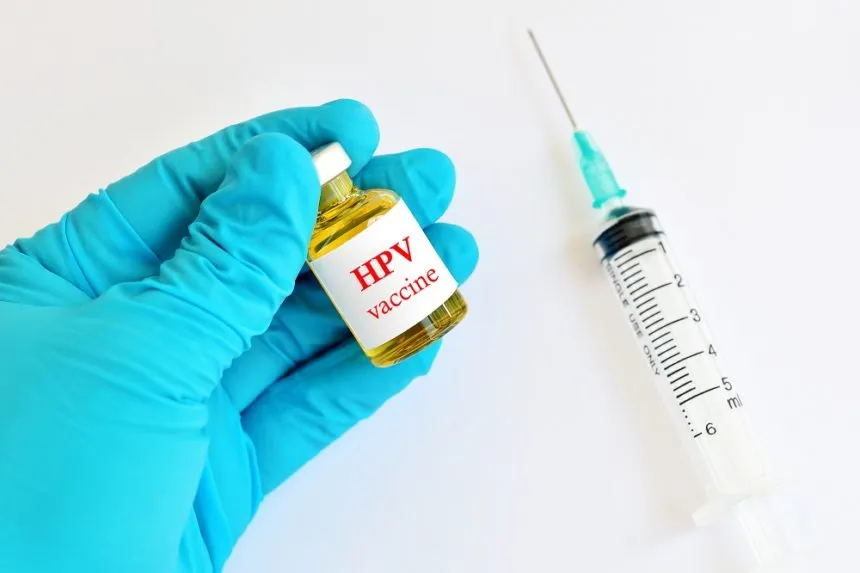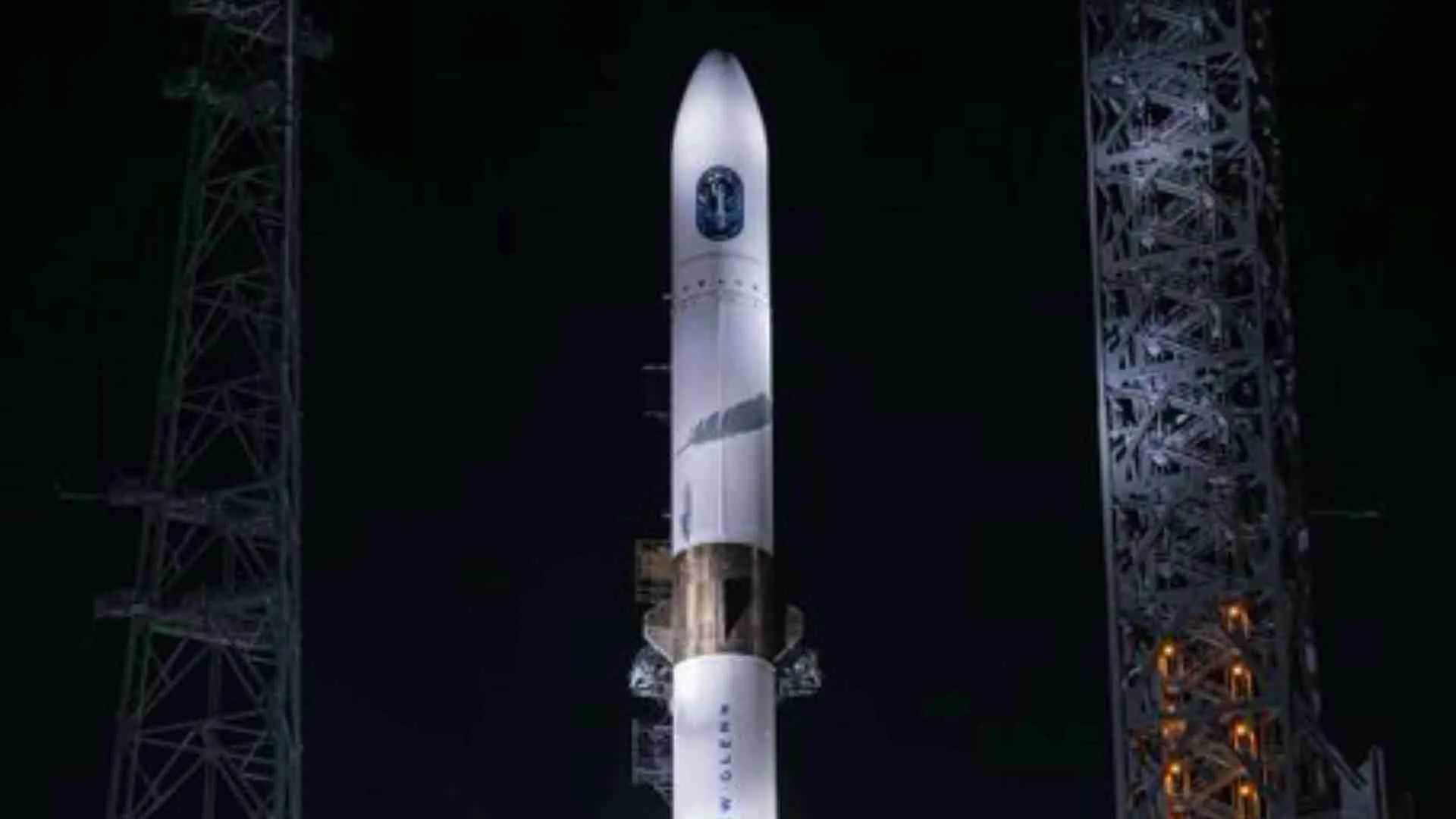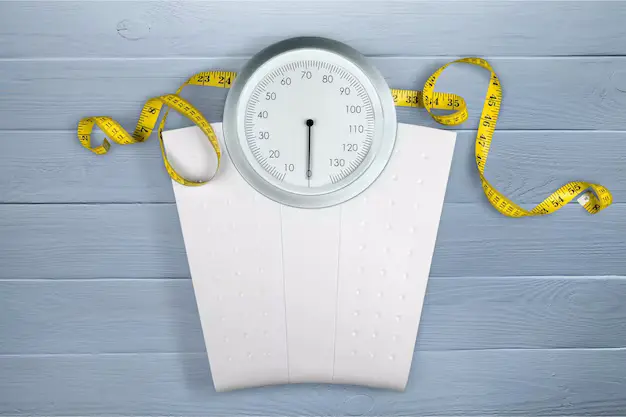Goldman Sachs recently predicted that the global oil benchmark, that is Brent Crude Oil, will be hitting $70 in the next couple of weeks. Those gains will be driven by long-dated prices and steep backwardation, which happens when futures prices are below spot prices. “We now forecast that oil prices will rally sooner and higher, driven by lower expected inventories and higher marginal costs, at least in the short run, to restart upstream activity,” said the team at Goldman Sachs, consisting of Damien Courvalin, Callum Bruce, Jeffrey Currie and Huan Wei. “We further believe that this additional rally will be supported by the current repositioning for a reflationary environment with investors turning to oil, buying a lagging real asset that benefits from a stimulus-driven recovery, and has demonstrated an unmatched ability to hedge against inflation shocks,” the team added.
Hopes of an economic recovery from the pandemic, driven by roll-outs of the Covid vaccines, have been pushing investors out of the perceived safe haven of bonds and into commodities and other assets. The yield on the ten-year US Treasury note reached 1.372% on February 22, 2021, after gaining 14.5 basis points in the last one week alone. As for the fundamental reasons supporting elevated global oil prices, a better-than-expected demand and still depressed supply, creating a much larger deficit than the deficit of 2.3 lakh barrels per day as seen in December 2020, are the key factors pushing up oil prices. Even the OPEC is now estimating global GDP growth at 4.8%, versus the earlier estimate of 4.4%. The oil deficit will likely widen as not even ramped up OPEC+ production (Organization of the Petroleum Exporting Countries and other producers such as Russia) can keep up with the ongoing demand recovery. It will also take a while for a recovery in Iran’s exports. As vaccinations and the warm weather drive jet fuel demand, the overall global demand is expected to reach the pre-pandemic levels of 100 million barrels a day by late July 2021, as per Goldman Sachs, with the supply deficit rising to 900,000 barrels per day (bpd) during the first half of 2021.
The recent bull rally in global oil prices, from a low of $18 a barrel in April 2020 to a high of over $65 in February 2021, effectively means that crude oil prices have risen by an unbelievable 261% in the last 11 months, with a good 25% of that rise coming in the last month alone and a solid 55% of that rise coming in the last three months. Since more than 80% of India’s oil demand is met via imports, any surge in global Brent Crude prices obviously has a sizable impact on India too as both petrol and diesel are now fully deregulated.
According to the US Energy Information Administration (EIA), India is currently ranked behind the United States and China as the world’s third-largest oil consumer. It consumed 206.2 million tonnes in 2017-18. Oil cartel OPEC projected India’s oil demand to rise by 5.8 million barrels per day by 2040, accounting for about 40% of the overall increase in global demand during the said period. As per the EIA, India is set to replace China as the 100 pound oil guzzling behemoth in the next few years. Since in the final analysis, the price of any commodity, including oil, is driven by demand and supply dynamics, each time petrol or diesel prices rise in India, we should ask ourselves, have we done enough to contribute to greener fuels? Maruti Suzuki, for instance, sells over 1.6 lakh units every month on an average, which means that it is selling about four cars every minute! Clearly, despite the brouhaha, oil demand continues to gallop ahead, outpacing supply.
Factors leading to the global bull rally in oil are the $1.9 trillion stimulus package proposed by President Joe Biden, Biden’s moratorium on federal land drilling, the revocation of the permit for Keystone XL and the moratorium on all oil and gas leasing in the Arctic National Wildlife Refuge. A slow increase in non-OPEC supply, rising winter demand, a snowstorm in Texas, depleting global inventories and Covid-induced supply disruptions will further push up global oil prices.
Speaking specifically of the recent Brent Crude price rise, it has been in the making since May 2020, driven primarily by factors like output cuts to the tune of about 9.7 million bpd in May, June and July last year by Saudi Arabia-led OPEC, drilling by US shale oil wells falling to two-year lows of barely 7.63 million bpd, output cuts to the tune of 7.7 million bpd between August and December 2020 by OPEC and, of course, demand recovery in China.
Theoretically, every $1/barrel fall or rise in Brent Crude prices leads to a 0.45/litre reduction or rise in product prices, assuming that “other things” are constant. However, other things like the rupee-dollar exchange rate, cess, refining cost, import duties, shipping charges, freight rates and dealer commissions and profit margins are never quite constant in the real world. India’s ignorant opposition has often alleged that under the inept Congress-led UPA-2, despite elevated Brent prices globally, local fuel prices were much lower. Well, that is because fuel prices were only partially decontrolled under the inefficient Congress-led UPA-2 government, with petrol prices being deregulated only in June 2010. It was the Prime Minister Narendra Modi-led NDA government which took the unpopular but bold and long overdue decision of decontrolling diesel prices too in October 2014.
Hence, comparing fuel price movements under the Modi government with the erstwhile lethargic Congress regime is unfair and unacceptable. Also, don’t forget that the previous UPA government took loans by purchasing oil bonds of Rs 1.44 lakh crore, which the Narendra Modi-led NDA government inherited and paid for. Not only this, the Modi government also paid Rs 70,000 crore as interest alone, which means that, in total, the Modi government discharged the debt obligations of the earlier Congress regime by repaying over Rs 2 lakh crore. A father who leaves behind property for his next generations is seen with respect in society but what would one say about the father who takes loans and turns bankrupt and leaves the baggage for the next generations to come? An inept Congress played the role of such a reckless, prodigal father in this case.
To nail the misinformation surrounding domestic fuel pricing, it is best to look at this real time example. Petrol prices in Mumbai recently hit Rs 100 per litre. Of this Rs 100, the basic rate is Rs 32.97 per litre, the Central Government tax is Rs 21.58, the State Government VAT, surcharges and levies are Rs 41.67 per litre, and distributor margins work out to Rs 3.78 per litre. Clearly, it is not the Central Government taxes, but the State Government taxes that are the biggest component of petrol prices and also the biggest reason for the steep rise in domestic fuel prices. Effectively speaking, State Government taxes account for 41.67% of the final petrol price, whereas Central Government taxes account for only 21.58% of it. Hence, before pointing fingers at the Modi government, opposition leaders like the clueless Rahul Gandhi, whose party is a vital part of the ruling alliance in Maharashtra, would do well to do some number crunching. In fact, along with VAT, disaster management cess and highway liquor ban cess, the net share of State taxes in fuel prices in Maharashtra is almost 50% and the same is the case with Rajasthan, another Congress-ruled state with the highest VAT.
Also, let’s not forget that while, under an incompetent Congress-led UPA, oil prices had been deliberately kept low, it did more harm than good, because the subsidised fuel meant higher fiscal deficit, which in turn manifested itself in higher retail inflation. While retail inflation in January 2021 stood at 4.04%, with food inflation at just 1.89% and vegetable inflation at minus 15.84% under an incompetent Congress-led UPA, the overall retail inflation hit 12% in 2013, with food inflation in excess of 14.72%. So, seemingly low fuel prices under the erstwhile Congress dispensation were simply a chimera and a charade. People may have paid lower prices for fuel then, but they paid many times more for day-to-day food and grocery items in 2013. Again, it is nothing but sheer hypocrisy to talk of rising petrol and diesel prices but not give the Modi government credit for the fact that, compared to 2013, when LPG gas cylinder prices went as high as Rs 1,270 per cylinder, today an LPG gas cylinder costs Rs 769 and in January 2021, it was even lower, at Rs 694 per cylinder. Do note that globally, LPG prices in the last few months have risen from $455 per tonne to over $600 per tonne, which is a 32% increase. Locally, in India, compared to 2013, LPG prices in the last 6.5 years, under the Modi government, have actually fallen by anywhere between a good 40% to 83%!
To cut to the chase, India under Prime Minister Narendra Modi is planning to increase natural gas consumption by 2.5 times, as part of the energy mix, to 15.5% by 2030, from the current level of 6.2%. The ongoing transition from an “oil economy” to a “gas economy” under PM Modi’s visionary leadership is steadfastly underway. Over 70% of India’s population in over 400 districts will have city gas distribution (CGD) facilities soon. Only 25 lakh households in India had access to piped natural gas (PNG) in 2014 but thanks to the Modi government’s persistent efforts, that figure more than quadrupled by 2021. Again, India only had 947 CNG stations in 2014, and that number rose to 1470 stations in 2018, and is set to scale up to a massive 10,000 CNG stations in the next few years. Since CNG is anywhere between 45% to 60% cheaper than petrol and diesel, this will make India self-reliant in more ways than one.
India, under Prime Minister Narendra Modi, has the enviable accomplishment and unique distinction of already vaccinating over 11 million people in what is clearly the world’s fastest and most ambitious vaccination drive, with India even exporting vaccines to over 21 countries. The Union Budget for 2021-22 set aside Rs 35,000 crore for the Covid vaccine. The allocation of Rs Rs 2.23 lakh crore for health is a 137% jump in 2021-22, over 2020-21. Rs 1.18 lakh crore for road infrastructure, Rs 1.10 lakh crore for railways, an outlay of Rs 3.6 lakh crore for the power sector and Rs 16.5 lakh crore towards agriculture credit outlay in the Union Budget showcase how the Modi government is spending money judiciously towards a healthier and better India. Defence allocation at Rs 4.78 lakh crore, which is up 19% in FY22, over FY21, is aimed at a safer and more secure India.
It is an unpopular opinion but let truth be told—taxes are crucial for resource mobilisation by the government to fast-track development. And yes, this is true for India and of course governments the world over too. But, don’t forget that, as per the 15th Finance Commission’s recommendations, 41% of the Central Government’s divisible pool of taxes goes to the states. The Goods and Services Tax (GST) has been touted as the most significant and bold indirect tax reform ever in independent India. The GST seeks to rationalise and remove the cascading effect of indirect taxes by subsuming a host of indirect taxes such as VAT, excise duty and entry tax. The GST Council has two-thirds representation from the states and only one-third from the Centre. Hence, rather than politicising fuel price hikes and conveniently blaming the Modi government, states like Rajasthan and Maharashtra, where fuel prices are amongst the highest and where the Congress is in power or in alliance, need to answer whether they are ready for fuel prices to be brought under the GST? Because, as they say, you cannot have your cake and eat it too!
The writer is an economist, national spokesperson of the BJP and the author of the bestseller ‘Truth & Dare: The Modi Dynamic’. The views expressed are personal.




